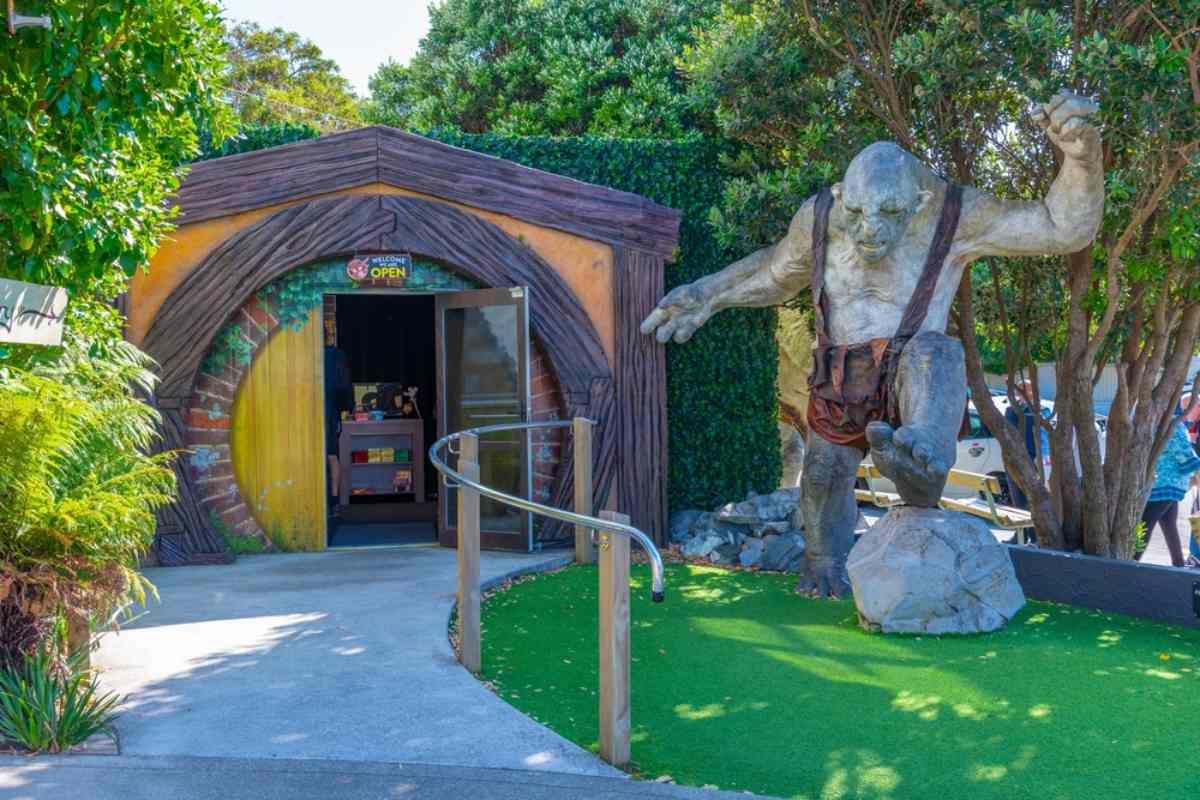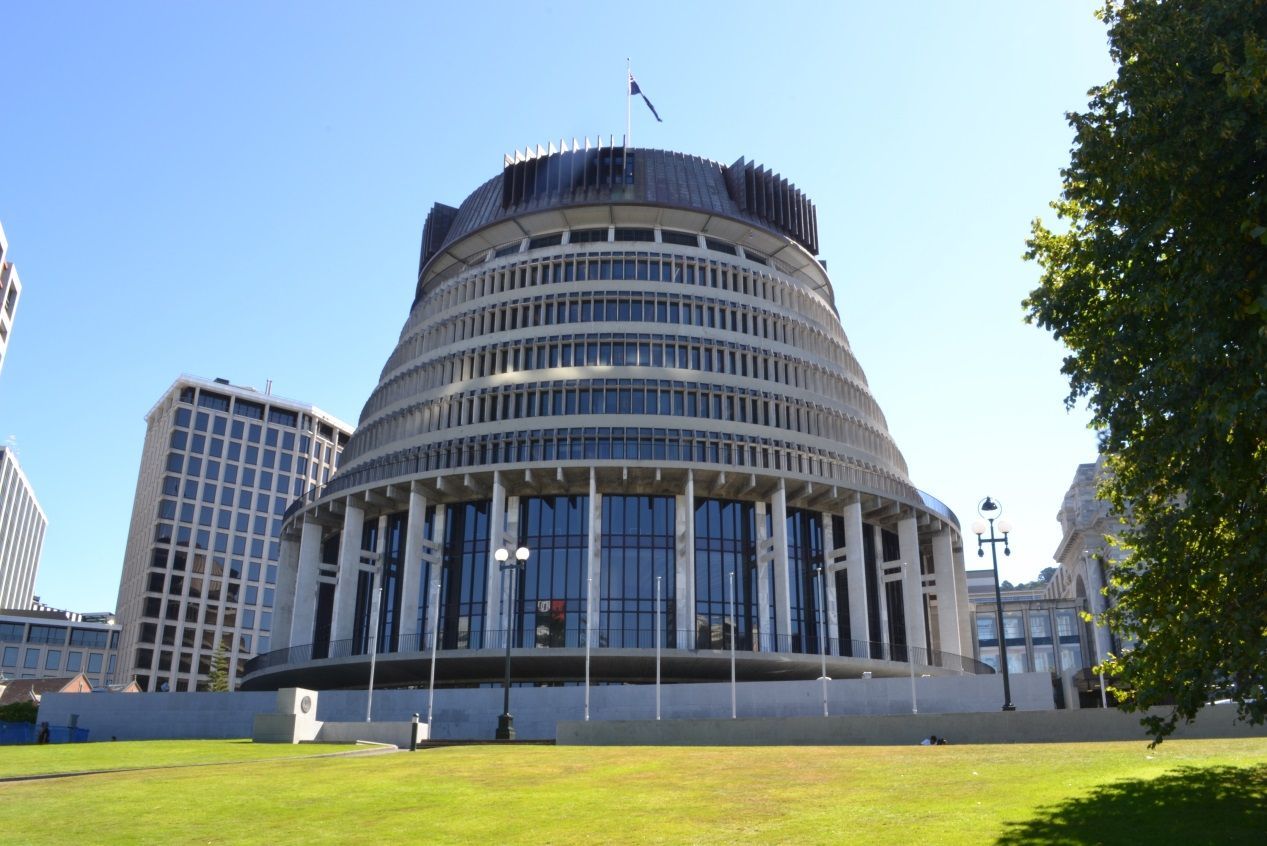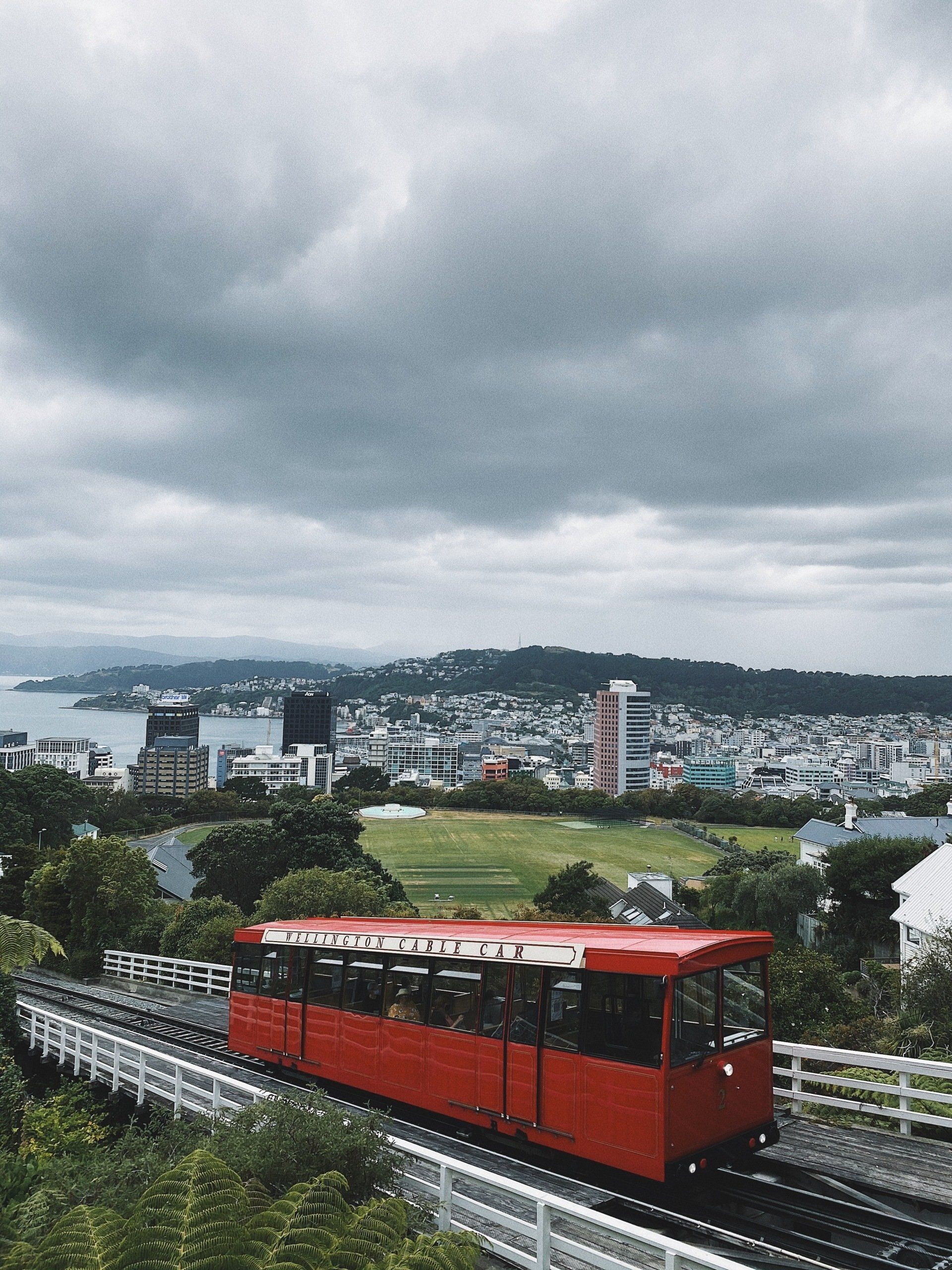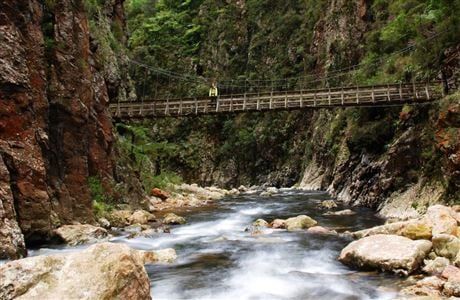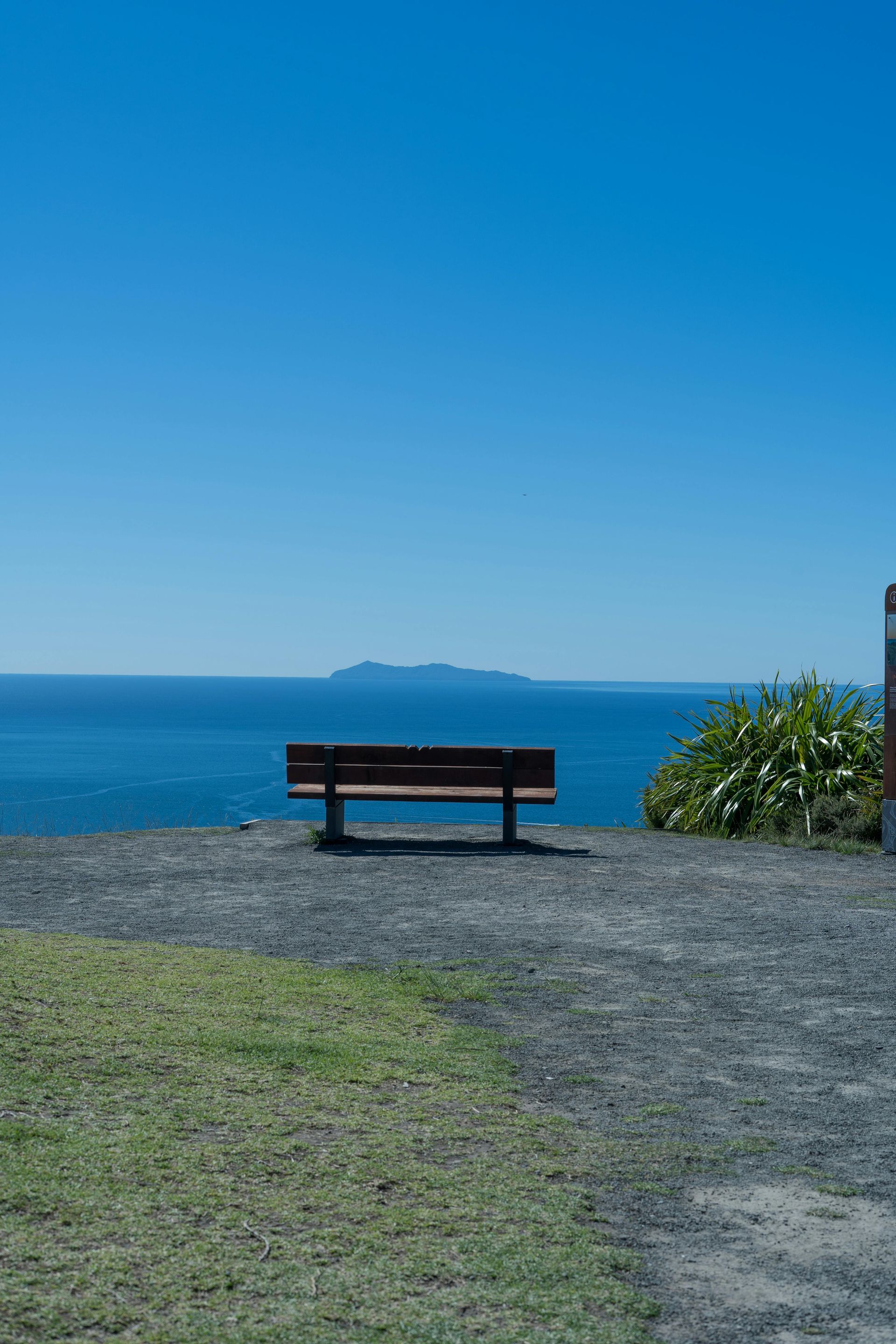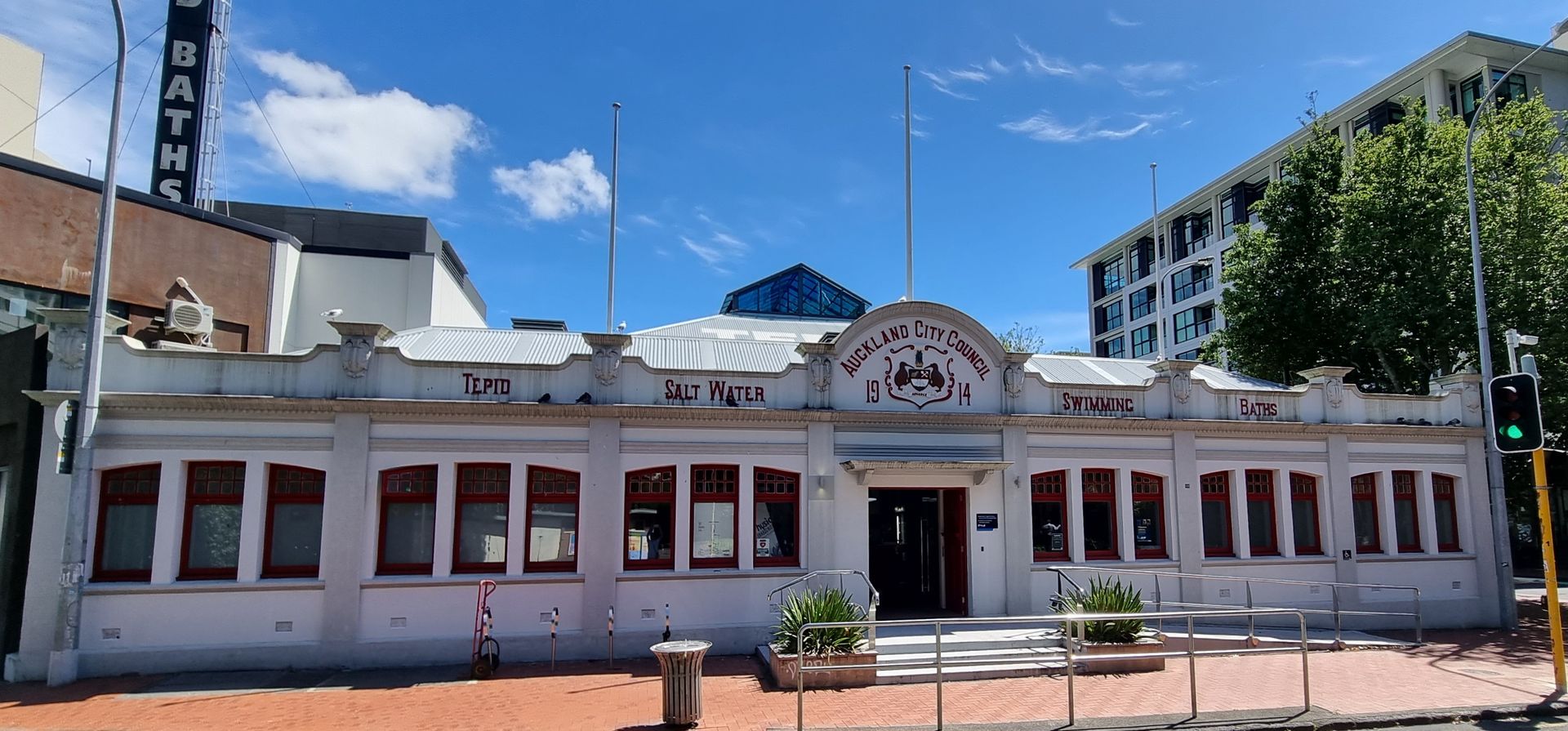Wild penguins in New Zealand
Waddling Wonders: A Guide to New Zealand's Unique Penguins
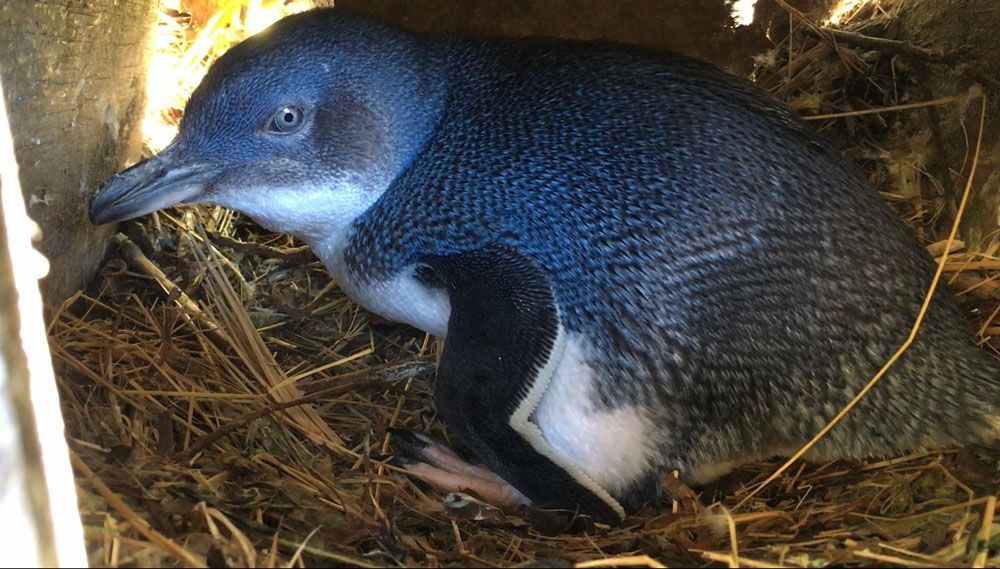
New Zealand, Aotearoa, is a land famed for its stunning landscapes and unique wildlife, and among its most captivating residents are penguins! Surprisingly, NZ is a penguin hotspot, with more species recorded visiting or breeding here than in any other country. While many inhabit remote subantarctic islands, several species call the mainland home, offering incredible opportunities for wildlife encounters.
Thinking of seeking out these charming, flightless birds? Here’s what you need to know about New Zealand's penguins:
1. Meet the Locals: What Kinds of Penguins Live Here?
While 13 of the world's 18 penguin species have been spotted in the NZ region, three species breed on the mainland, making them the ones you're most likely to encounter:
- Little Penguin / Kororā: The world's smallest penguin! These little guys stand only about 25-30cm tall. They are known for their distinctive blue and white plumage.
- Yellow-eyed Penguin / Hoiho: Instantly recognisable by the striking yellow band running from their eyes around the back of their head. They are one of the rarest penguin species globally.
- Fiordland Crested Penguin / Tawaki: A striking penguin with broad yellow crests that extend from their bill over their eyes. They are known for being quite shy and are endemic to NZ (found nowhere else).
Other species, like the Snares Crested Penguin, breed on nearby islands, and occasionally others might visit NZ waters.
2. Penguin Neighbourhoods: Where Do They Live?
Penguin species have distinct preferences for their homes:
- Kororā (Little Penguin): These adaptable penguins are the most widespread, found along coastlines throughout New Zealand, including the North Island, South Island, Stewart Island, and Chatham Islands. They often live surprisingly close to urban areas – colonies exist near Wellington and Oamaru, for example.
- Hoiho (Yellow-eyed Penguin): Primarily found in the southeast of the South Island (especially the Otago Peninsula and The Catlins), Stewart Island/Rakiura, and the subantarctic Auckland and Campbell Islands. They prefer coastal forests and shrublands for nesting.
- Tawaki (Fiordland Crested Penguin): True to their name, these penguins inhabit the rugged, rainy coastlines of Fiordland and Stewart Island/Rakiura. Unusually for penguins, they often nest in dense temperate rainforest, sometimes quite far inland, as well as in sea caves and under dense scrub. Stewart Island is unique as it's home to breeding populations of all three mainland species.
3. Counting Concerns: How Many Penguins Are There?
This is where the story becomes concerning for some species:
- Hoiho (Yellow-eyed Penguin): Critically Endangered. They are one of the world's rarest penguins. Estimates suggest perhaps only around 1,700 breeding pairs in total, with numbers on the mainland potentially as low as ~126 breeding pairs and declining rapidly. Without significant conservation efforts, they face potential extinction on the mainland within decades.
- Tawaki (Fiordland Crested Penguin): Classified as Vulnerable. The total population is estimated to be between 5,500 and 7,000 mature individuals, and numbers are thought to be decreasing due to various threats, including human disturbance.
- Kororā (Little Penguin): Considered At Risk - Declining in conservation status. While they are the most numerous and widespread penguin in NZ, exact population figures are hard to determine. They face significant threats from introduced predators (dogs, cats, stoats), habitat loss, and being hit by cars near coastal roads.
4. Timing is Everything: Best Season to See Wild Penguins
While penguins live here year-round, your chances of seeing them ashore vary:
- Best Time of Day: Almost universally, the best time is just after sunset. This is when penguins, especially Kororā, return from a day of fishing at sea to their nests on land. They often gather offshore in groups (known as "rafts") before making their way onto the beach.
- Best Season: The main breeding season, generally from September through February, is when penguin activity ashore is highest. You'll see adults coming and going to feed chicks. Popular viewing spots like Oamaru can see hundreds of Kororā returning each evening during this peak. Numbers drop significantly during the winter months (March-August), though some penguins will still be present. The moulting season (usually late summer/autumn after breeding) sees penguins confined to land for several weeks while they replace their feathers – they look scruffy but need to be left undisturbed.
Crucial: Viewing Penguins Responsibly
Seeing penguins in the wild is a privilege. To ensure they are protected, ALWAYS follow these rules:
- NO FLASH PHOTOGRAPHY: Flash (and even bright phone screens or torches) can frighten and disorient penguins, potentially blinding them temporarily. Photography is often completely banned at viewing sites – respect the rules.
- Keep Your Distance: Stay at least 10 metres away, or as directed by signs or guides. Never try to touch a penguin.
- Be Quiet: Penguins are easily spooked by loud noises. Keep voices low.
- Stay on Marked Paths: Do not wander into nesting areas. Their burrows can be hidden and easily crushed.
- No Dogs Allowed: Keep dogs away from penguin habitats, always on a leash if permitted in the general area. Dogs are a major threat.
- Never Block Their Path: Ensure penguins have clear access between the sea and their nests.
- Consider a Guided Tour: Commercial operators (like those in Oamaru or on the Otago Peninsula) manage viewing responsibly, provide great information, and often contribute to conservation efforts.
New Zealand offers an incredible chance to connect with these unique seabirds. By understanding their lives and viewing them responsibly, we can help ensure these waddling wonders continue to thrive in Aotearoa for generations to come.







